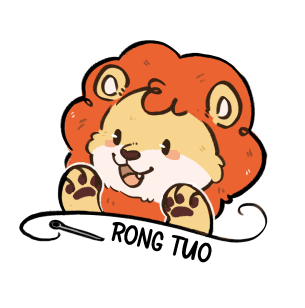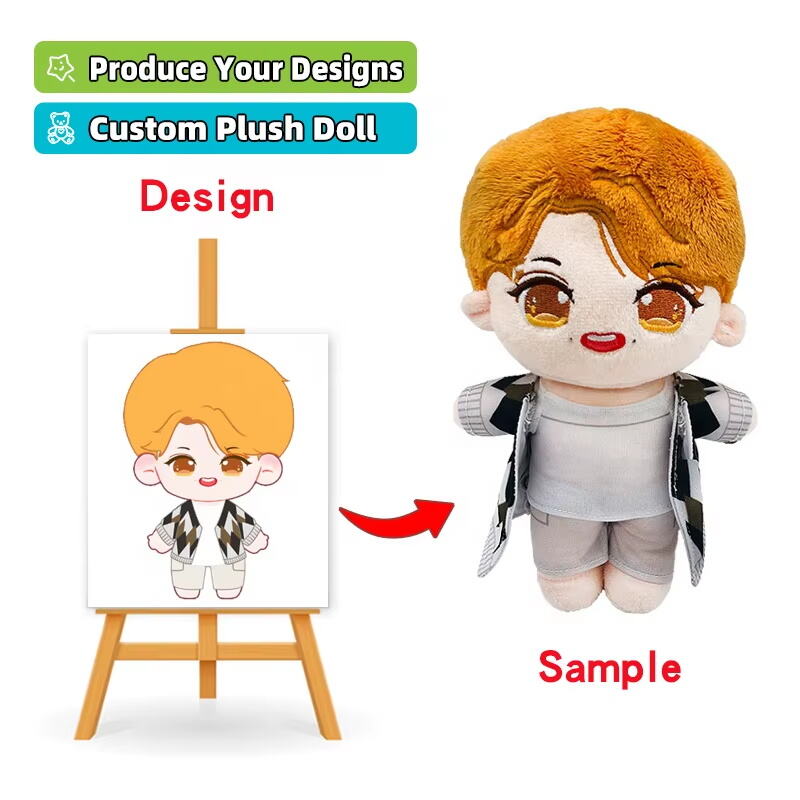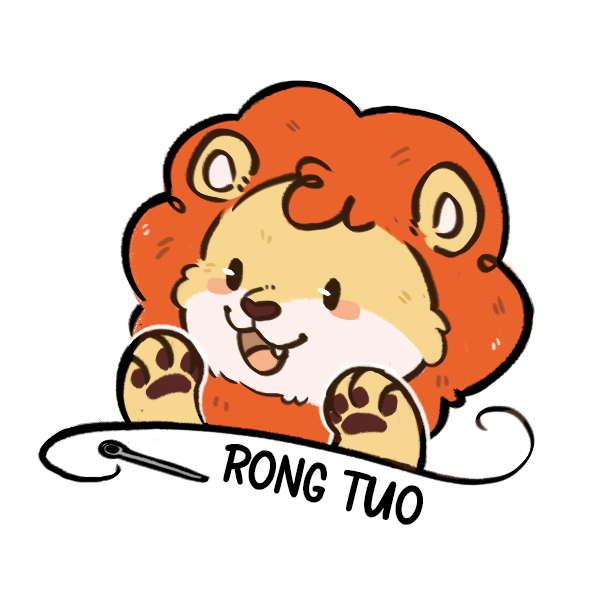Understanding High-Quality Plush Dolls
High-quality plush dolls are characterized by their design, craftsmanship, and materials. These dolls are not only visually appealing but also safe for children and durable over time. To ensure a plush doll meets these standards, its design should captivate the imagination while the materials guarantee safety by being non-toxic and hypoallergenic. Moreover, the craftsmanship must stand the test of repeated use, ensuring it remains a faithful companion for many years.
The key characteristics of durable plush dolls include robust seams, non-toxic materials, and high-quality stuffing. Strong seams prevent tearing and increase longevity, while materials that undergo rigorous safety testing ensure that even the youngest users are protected from harmful substances. Additionally, high-quality stuffing maintains the doll’s shape and provides lasting comfort. Prospective buyers can often gauge durability through customer reviews and product testing results, giving them confidence in their purchase decision.
Material and Fabric Choices
The choice of material and fabric is crucial in the creation of high-quality plush dolls, as it significantly impacts their softness and durability. Common fabrics like cotton, polyester, and micro-fleece are popular choices among plush doll manufacturers due to their beneficial properties. Cotton offers a natural softness, while polyester enhances durability and ease of maintenance. Micro-fleece, with its plush texture, ensures a cozy and soft feel, making these materials ideal for creating delightful and enduring plush dolls.
The importance of using soft and washable materials in plush dolls cannot be overstated, particularly for maintaining hygiene and comfort. Plush dolls are frequently handled by children, which can lead to dirt accumulation. Consequently, using materials that can withstand regular washing without compromising their shape and texture is vital. Research indicates that over 70% of parents prioritize the washability of toys, underscoring the need for materials that promote easy cleaning while retaining the doll’s original appeal.
Craftsmanship and Design
The craftsmanship of a plush doll is a crucial determinant of its quality and durability. Skilled artisans ensure that each doll features even stitching, which is essential to prevent damage and extend the toy's lifespan. Studies show that consumers are willing to pay up to 20% more for toys with detailed craftsmanship, valuing the longevity and sturdiness these Products offer over cheaper, less-durable alternatives.
Design elements such as unique patterns and interactive features significantly increase a plush doll's attractiveness and engagement. Dolls that include elements like sound or movement can captivate children's imagination, enhancing the playing experience and making these toys more appealing to both children and parents. This pursuit of creative and interactive design by plush doll manufacturers aims not only to entertain but also to stimulate learning and developmental growth among children. Integrating such features draws consumer interest and adds considerable value to the plush doll market.
Filling and Firmness
Filling materials used in plush dolls vary greatly and play a crucial role in their comfort and appeal. Commonly, polyester fibers are favored for their softness and resilience, making them a popular choice among plush doll manufacturers. These fibers ensure that the dolls remain cuddly and maintain their shape over time. Meanwhile, natural fibers like organic cotton are gaining popularity as they appeal to eco-conscious consumers who prioritize sustainable and eco-friendly products.
The firmness of the filling in plush dolls has a direct impact on both comfort and longevity. Plush dolls that are inadequately filled may lose their shape quickly, leading to an unsatisfactory experience for the user. On the flip side, adequately filled dolls tend to provide a more satisfying tactile feel and retain their structure longer, ensuring they remain a favorite cuddly companion for longer periods. Plush doll manufacturers must strike a balance in filling density to maintain both the comfort and durability of their products.
Safety and Certification Considerations
When it comes to plush dolls, safety is paramount, and adhering to established safety standards ensures these toys are safe for children. In the U.S., the ASTM F963 standard provides guidelines that demand non-toxic materials and safe design features to minimize risks, such as choking hazards. Similarly, the EN71 is the equivalent safety standard set in Europe to regulate and ensure the safety of toys, including plush dolls.
Ensuring consumer confidence often involves additional certifications like the CE marking, which indicates that a product complies with European health, safety, and environmental protection standards. Another important certification is the Oeko-Tex Standard 100, which guarantees that textiles have been tested for harmful substances, further reassuring consumers that plush dolls are of high quality and safe for children. Together, these certifications and standards are crucial in demonstrating a manufacturer’s commitment to safety and quality, thus boosting consumer trust in these beloved toys.
Brand Reputation and Customer Reviews
When evaluating plush doll brands, Jellycat and GUND stand out as top plush doll manufacturers, renowned for their exceptional quality and safety. Known for their market presence and being a household name, these brands have consistently delivered products that resonate with parents and children alike. Jellycat, for instance, has built a strong following due to its whimsical designs and high safety standards. Similarly, GUND has fostered customer loyalty through its century-long tradition of creating beloved plush toys.
To assess brand trustworthiness, customer reviews on platforms like Amazon and social media are invaluable. These reviews provide insights into the experiences of other buyers, with positive reviews often correlating with high sales figures and brand reliability. A strong reputation, supported by glowing feedback and repeat purchases, is a hallmark of a trusted brand. Therefore, both Jellycat and GUND routinely garner accolades for not only meeting but exceeding consumer expectations in the plush doll industry.
Price vs. Quality Analysis
Understanding plush doll pricing requires analyzing materials, craftsmanship, and brand reputation. Generally, higher prices tend to reflect better quality and durability. Plush dolls that are more expensive often use premium materials such as organic cotton or hypoallergenic fillings, like those found in some custom plush dolls. The craftsmanship involved in creating detailed and durable designs also accounts for a portion of the price. Additionally, companies with a strong reputation in the plush doll industry, like renowned plush doll manufacturers, may command higher prices due to their established credibility and customer trust.
Finding a balance between affordability and quality is essential for consumers. Many are willing to invest more in plush dolls that offer superior features and safety, often influenced by product reviews. For instance, reviews on platforms like Amazon can highlight aspects such as the doll's softness, safety measures, and overall satisfaction. Consumers consider these reviews as they make purchasing decisions, evaluating whether a higher-priced plush doll justifies its cost in terms of quality and long-lasting enjoyment. Balancing these factors allows consumers to choose plush dolls that provide the best value for their unique needs.
FAQ
What factors define high-quality plush dolls?
High-quality plush dolls are characterized by design, craftsmanship, non-toxic and hypoallergenic materials, robust seams, high-quality stuffing, and a captivating design.
Why is material choice important in plush dolls?
The choice of material impacts softness, durability, and washability, crucial for hygiene, comfort, and maintaining the doll’s appeal over time.
How does craftsmanship affect plush doll quality?
Craftsmanship ensures even stitching and durable design, which increases the toy's lifespan and appeals to consumers willing to pay for quality.
What role does filling play in plush dolls?
Filling affects comfort and longevity, with polyester fibers and organic cotton being popular choices that ensure softness and maintain shape.
Which certifications are significant for plush doll safety?
Key certifications include ASTM F963, EN71, CE marking, and Oeko-Tex Standard 100, ensuring safety and quality compliance.


